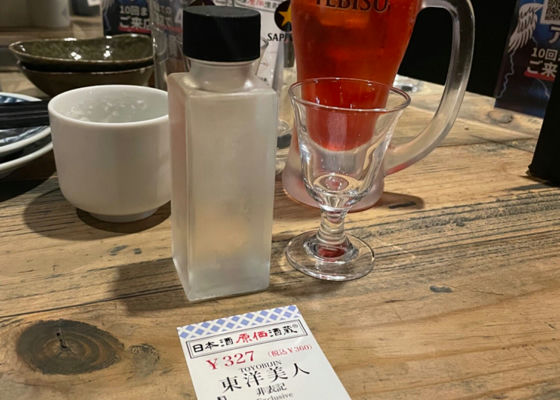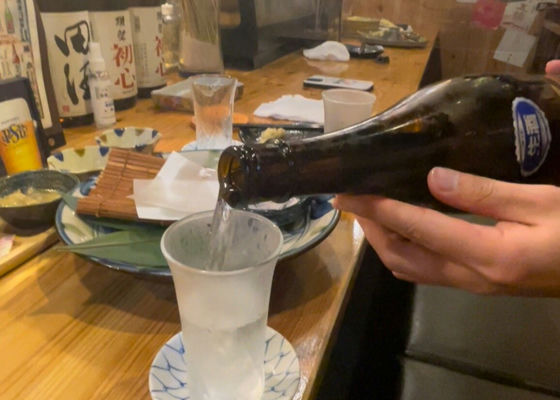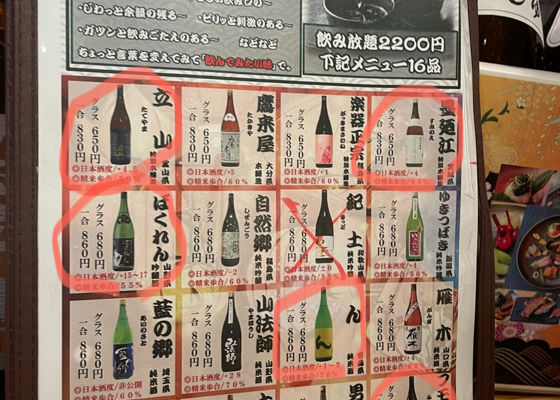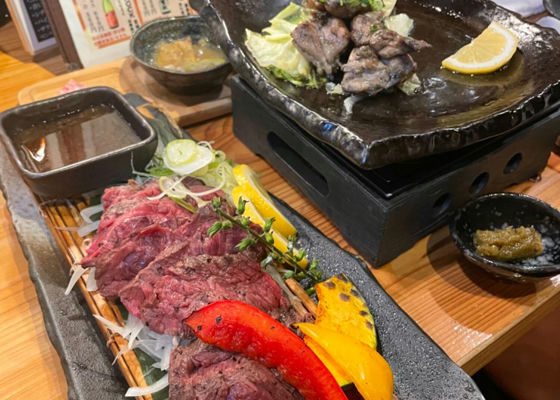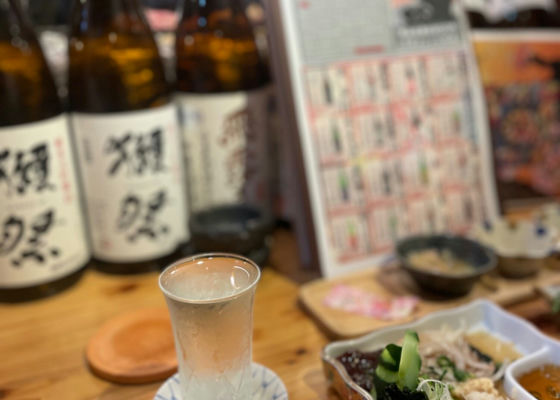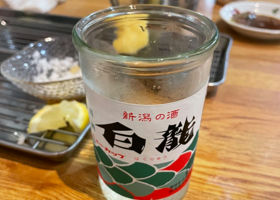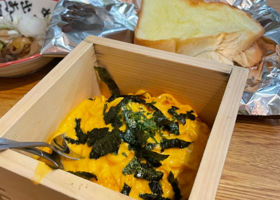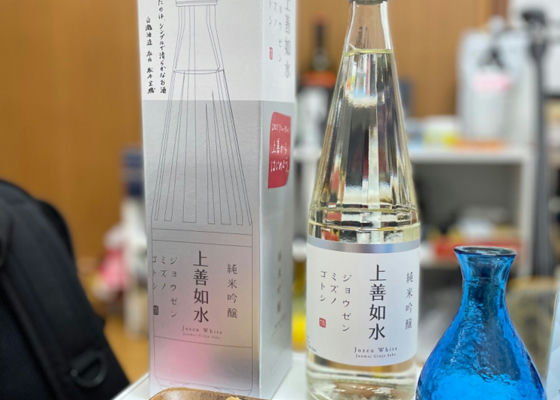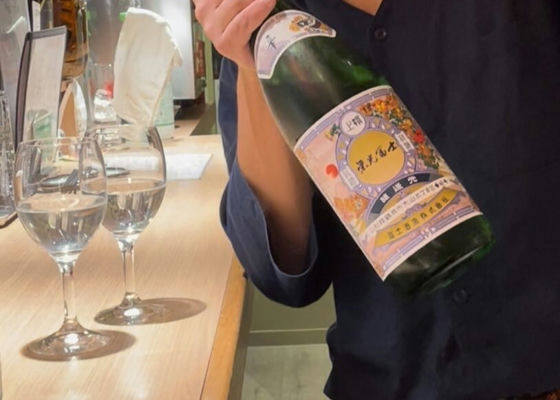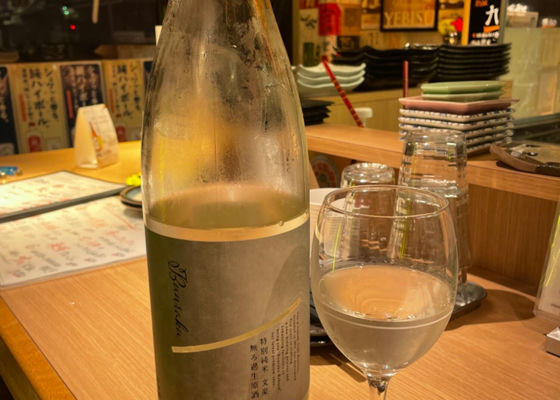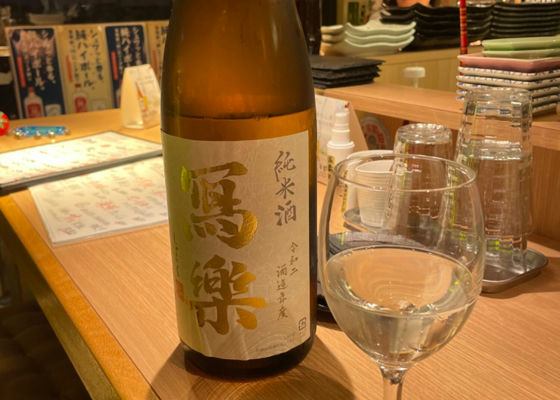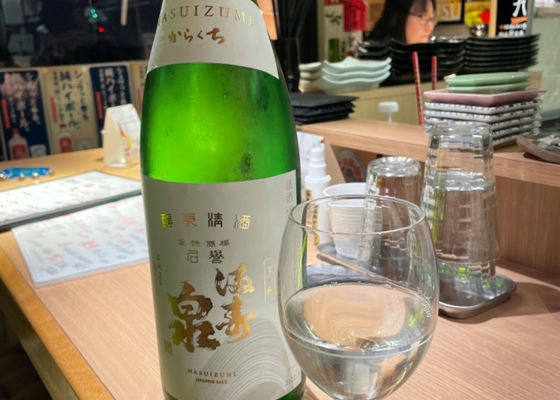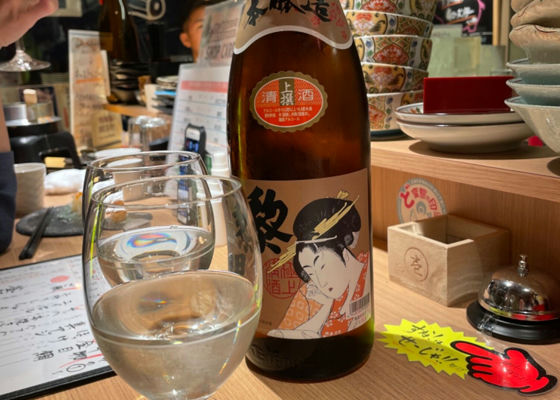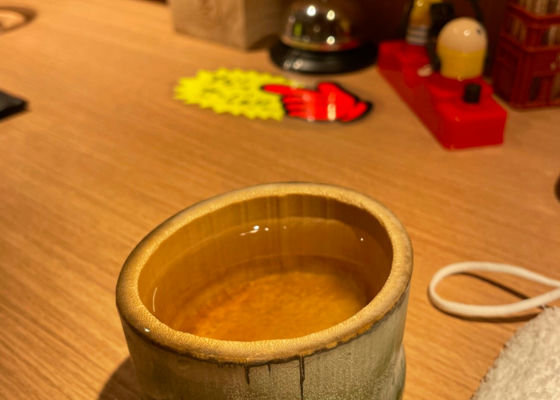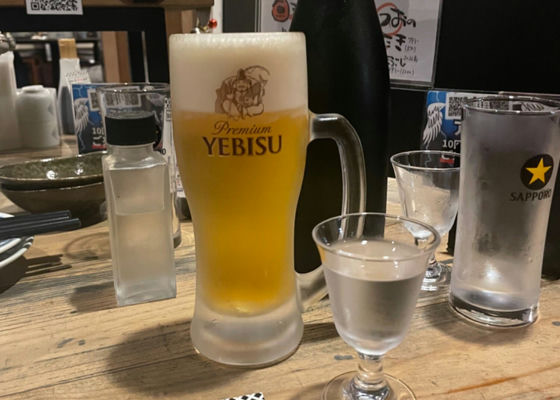
ふくやまはさまる
There are many kinds of Koryu, but this time I drank Koryu Ichikyorai.
It is very easy to drink.
It has the same watery feeling as Kyozenjosui.
It is so easy to drink that you may think, "What? It goes in so smoothly that you may think, "What water? Is it really 15 degrees Celsius? It's so smooth that it makes you think, "Is it really 15 degrees? It may be one of the weaker sake.
It has no habit at all. It seems to go well with all kinds of meals because of its lack of habit.
Japanese>English
